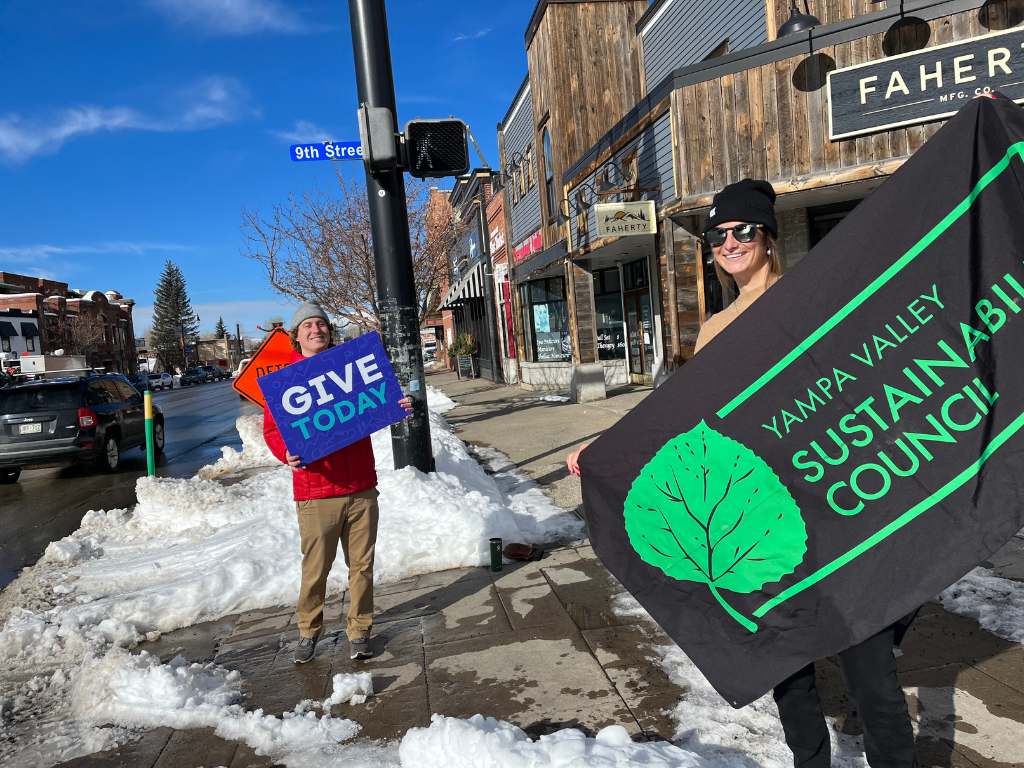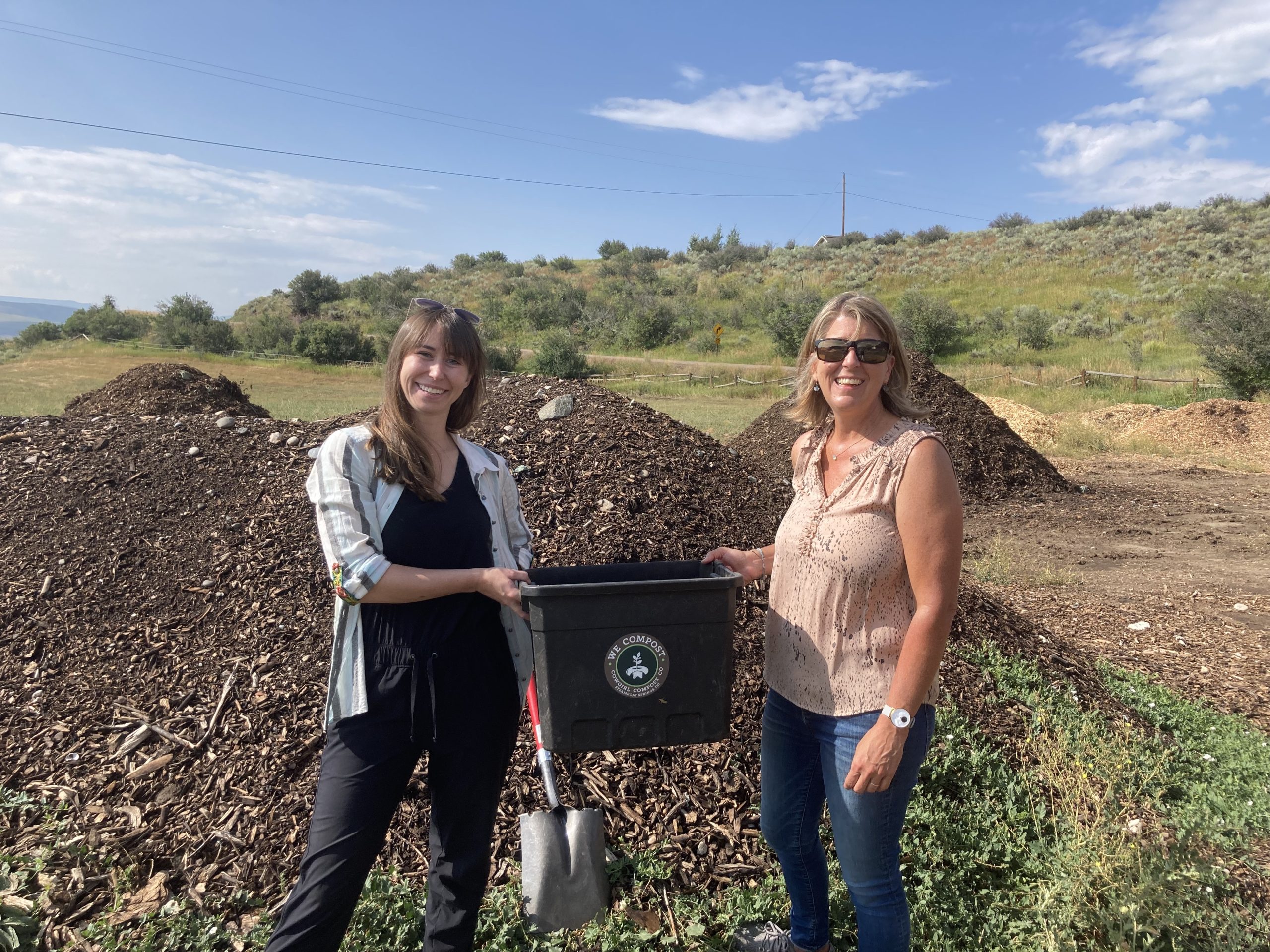AUGUST 9, 2018 BY
Adopted from an Steamboat Pilot and Today article
STEAMBOAT SPRINGS — By mixing art and science, National Geographic photographer James Balog evokes both sides of the human brain, the left and right, rational and intuitive — a recipe for changing perspective.
“It’s a new way to open someone’s mind rather than just presenting them with the science or just a beautiful image,” said Daniel Wright, co-producer of the film “The Human Element” and a former Steamboat Springs resident who graduated from Steamboat Mountain School, formerly The Lowell Whiteman School. “It’s this collision between art and science that really shows issues, people and nature in a different way.”
“The Human Element,” a new documentary starring Balog, explores imagery to expose climate change through a new light with segments built around the four elements of water, air, fire and earth. The film captures the stories and images of the most costly wildfire that ravaged California in 2016, asthma caused by air pollution in Denver, the impacts of the mining industry in Kentucky and the plight of the East Coast’s Tangier Island, a fishing community in the Chesapeake Bay that is facing rising sea levels.
“What he does better than anyone else is building his art through photos and film on this platform of science,” Wright said. “His photography is so visceral and beautiful but also has a haunting aspect to it.”
The film, which debuted in April at the San Francisco International Film Festival, will premier in Steamboat at 6:30 p.m. Thursday at Bud Werner Memorial Library’s Library Hall.
Following the screening, the Yampa Valley Sustainability Council will host a short panel discussion featuring local and regional experts who will talk about the impacts of climate change.
Panelists include: Bob Woodmansee, professor emeritus of Colorado State University’s Department of Ecosystem Science and Sustainability; Emily Hornback, executive director of Western Colorado Alliance; Carolina Manriquez, forester with the Colorado State Forest Service; and Kent Vertrees with the local nonprofit Friends of the Yampa.
Wright will also speak about the film after the screening.
“It’s a double-sided sword where the human element is causing these issues, but it’s also the human element that’s being affected,” Wright said.
The film opens with an introduction about Balog and his 2007 Extreme Ice Survey — a photography project in which time-lapse cameras were installed at remote sites in the Arctic Circle like Greenland and Iceland, which was the subject of the Emmy Award-winning feature documentary, “Chasing Ice.”
“He came home with all of this amazing footage of these glaciers literally melting in front of your eyes,” Wright said. “The imagery in the film was revolutionary in how the average person viewed climate change. Balog is truly one of the visionaries of our generation.”
Aside from the amount of research and planning that went into the documentary ahead of filming, Wright said the people and places they encountered were often unplanned. For example, when they arrived in California, they knew their focus but hadn’t identified a fire crew or victims to interview.
“When working on a documentary like this, you have to be open to pivoting, and if you meet someone interesting or come across an interesting story line, you just have to run with that and go for it,” Wright said.
Wright said growing up in Steamboat played a large role in instilling in him a sense of adventure and an interest in other cultures and environmental issues.
“Even though Steamboat is such a small town, it has a great tendency to open people’s sense of the world in terms of the power of nature and beauty of the natural world and also just cultivating a love for these types of environments,” Wright said.
“We hope people will leave with a new appreciation and respect for their own relationship with nature,” he said.






